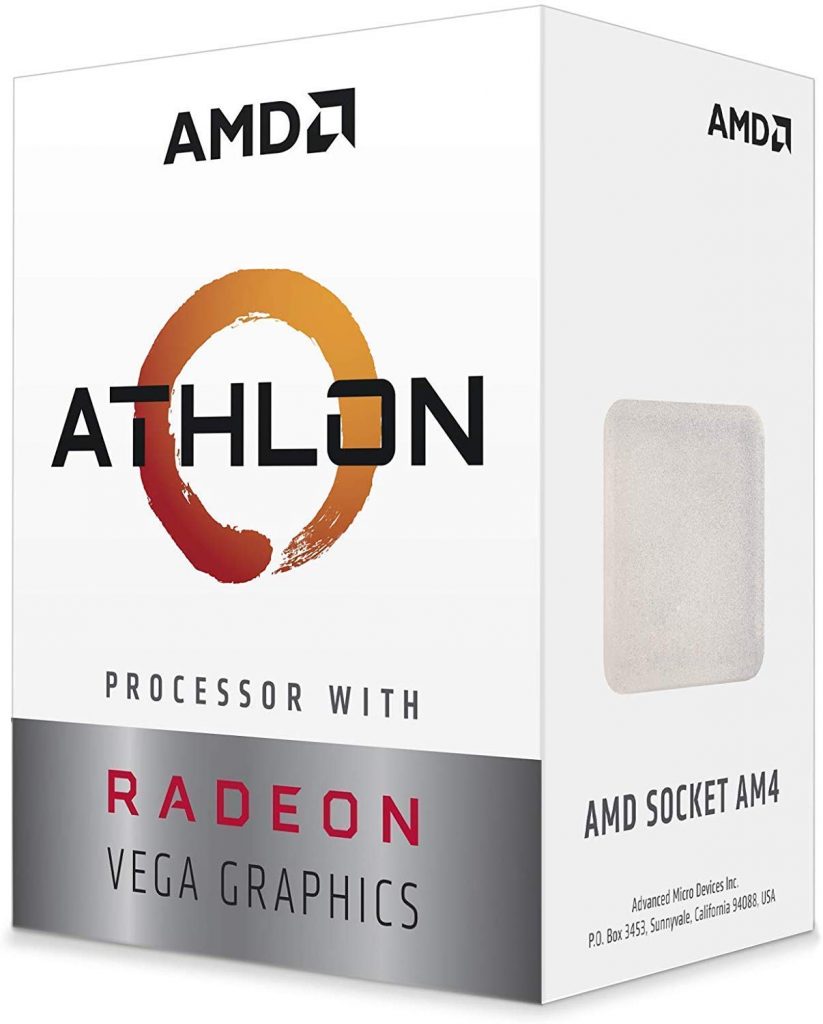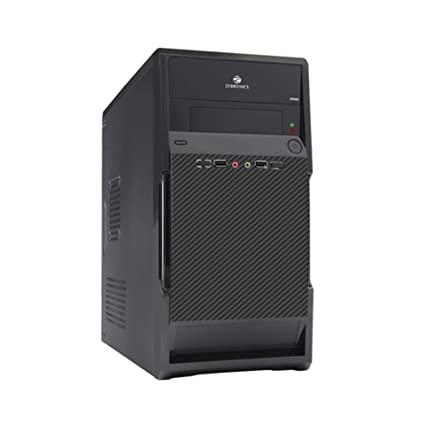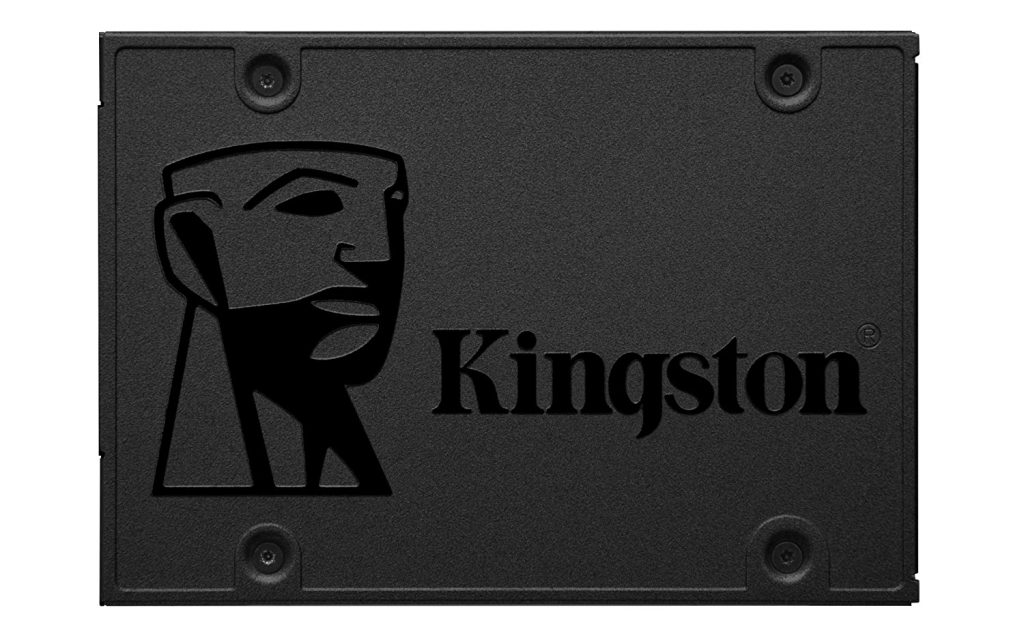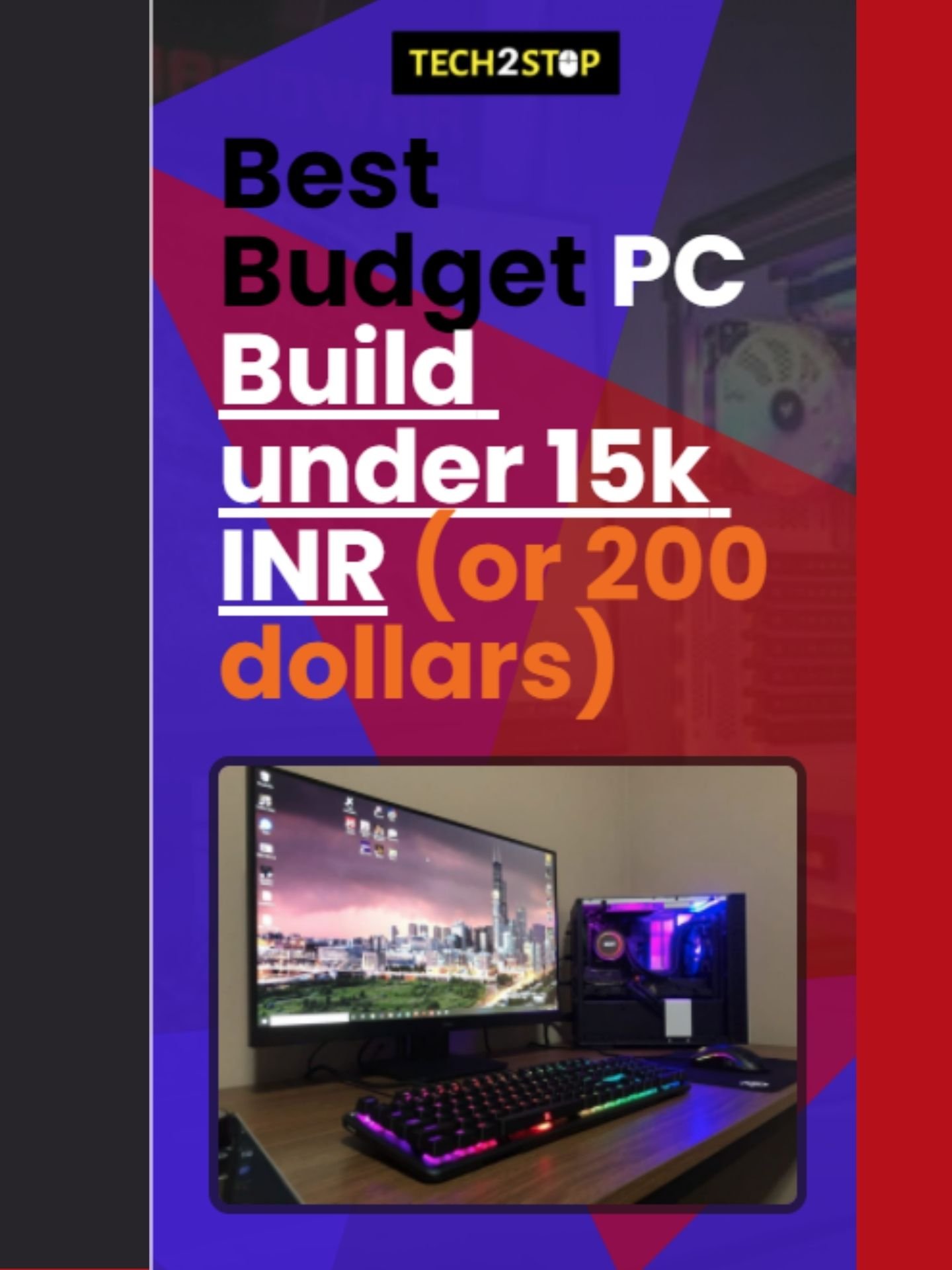Building a PC saves you a lot of money and also provides you with the ability to customize and upgrade your PC to your heart’s content. So if you are looking for the Best budget PC under 15000 or rather a gaming pc under 15000 in India, we are here to help you out.
At this price point, a dedicated GPU is not an option that’s why we decided to go for an APU. This Build is for those who want to step into the world of PC gaming and beyond but are currently low on cash.
Here’s a WebStory for your quick reference.
Here is the detailed list of the parts to build a gaming pc under 15000
Table of Contents
Parts for gaming pc under 15000
| CPU | AMD Athlon 200G | Buy Now |
| MotherBoard | MSI A320M-A Pro Max | Buy Now |
| RAM | Corsair Vengeance LPX DDR4 8 GB 2400Mhz | Buy Now |
| PSU | Thermaltake Litepower 450 | Buy Now |
| Cabinet | Zebronics zeb-122R Serenity CPU Cabinet (Black) | Buy Now |
| Storage | Kingston Q500 240 GB SSD | Buy Now |
CPU (APU)
AMD Athlon 200G

The CPU is the most important part of your PC, and for that, we have chosen to go for the AMD Athlon 240G. It has got 2 cores and 4 threads a base clock of 3.2 GHz and a TDP of 35W. It’s built on the 14 nm Zen Architecture and has an integrated Vega 3 (3 Computes Unit) GPU letting you play light games at 720p resolution. For the price, you would be hard-pressed to find a better processor than the Athlon 200G.
Amazon | Buy Now
MOTHERBOARD
MSI A320M-A Pro Max

This motherboard has the AM4 socket to accommodate the Ryzen 5 2400G. It’s nothing too fancy, but it is a budget motherboard with to get you started for building your PC and provides all the essential features that you need.
Amazon | Buy Now
RAM
Corsair Vengeance LPX DDR4 8 GB 2400Mhz
Nowadays the minimum Amount of Ram for a decent PC is 8 that’s why we went for the Corsair Vengeance LPX DDR4 8 GB 2400Mhz. This Ram stick is one of the best values currently because of its included Heat spreader, and it’s the price tag.
Amazon | Buy Now
PSU
Thermaltake Litepower 450
PSU is the part most people compromise on when the budget is tight. But you shouldn’t because it powers all the components of the system and if it’s faulty or even if it’s not a good quality PSU your whole PC component may be damaged, even burnt. That’s why we recommend you to get at least a 450W PSU with a minimum rating of 80+ white. The Thermaltake Lite power 450 under Rs 3,000 fits perfectly in this build for the reasons mentioned above.
Amazon | Buy Now
CABINET
Zebronics zeb-122R Serenity CPU Cabinet (Black)

The Zebronics zeb-122R Serenity CPU Cabinet (Black) is a Budget motherboard and serves its purpose of fitting all your PC parts and all the necessary features. Coming from a reputed brand like Zebronics, you can rely on the fact that this cabinet will serve its purpose reasonably well.
Amazon | Buy Now
STORAGE
Kingston Q500 240 GB SSD

These days SSD’s are a must-have, so we have included one for this build. This Kingston 240 GB SSD has Read and Write speeds up to 500 MB/s and 450 MB/s. It strikes the right balance between speed and storage hence perfect for this build and will improve the overall snappiness of your system.
Note: If you want to go for more storage, you can also go with a 1 TB HDD.
Amazon | Buy Now
CONCLUSION
So, that’s it for this article on the best gaming pc under 15000. If you have any questions feel free to ask us in the comments down below and if you like it, please share it with friends and family. If you want to know about different PC at different budgets,
Check out our detailed PC Builds here.
FAQs
If one has the budget to buy either an SSD or HDD, he/she should go for the SSD. There are many reasons why SSDs are better than HDD a few of which are listed below:
1) SSDs are much faster than HDDs in terms of sequential read and write speeds. That is why SSD reduces load times of apps and makes the experience much snappier.
2) SSDs also don’t have any moving parts like HDDs, which means they are much less prone to stop working.
3) Since 2019, SSD prices have significantly reduced. Nowadays a decent 500 GB SATA SSD costs close to a 1 TB HDD.
HDDs are still the best option if you need lots of storage, but we would recommend getting a small SSD for the OS and frequently used apps and HDD for the large files.
If you have a limited budget and are planning to get a PC and are confused about whether to build or buy a PC, we would recommend you building your PC instead of buying it. You can make an exception if you don’t have time and don’t want to go through the hassle of building a PC. The reasons why you should build a PC are listed below:
1) You can build a PC at a much lower price when compared to buying the same PC with the same specs.
2)Building a PC is very simple; anyone can do it and thus save some money by not going for a pre-built PC.
3)You can customize your PC the way you want it.
4)You will learn the technicalities of a PC while building it.
If you are confused if you want to get a laptop or a PC, then the most important question one must ask is whether you are planning to use it outdoors. If the answer is yes, then you need a laptop and if no then building a PC is your PC is the best bet.
SMT (Simultaneous Multi-Threading) is a process by which a CPU divides its physical cores into virtual cores called threads. Hyper-Threading is Intel’s term for SMT. It enables each core to run two tasks at once. SMT increases the efficiency of the CPU and allows the CPU to execute several tasks simultaneously or run multi-threaded workloads with ease. Most high-end modern-day CPUs have SMT nowadays.
RAM communicates with the PC with the help of a memory controller present on the CPU using a bus, called memory bus. These memory controllers have multiple channels for communicating with the RAM—the more the number of channels, the faster the communication. Memory controllers with one channel, two channels, four channels, six channels, and eight channels are available in the market. The most common is dual channels, while six-channel and eight-channels are reserved for server CPUs.
80+ certification is a standard that validates that the PSU provides 80% or more efficiency at all loads (25%, 50%, 75%, and 100% of full load). The 80+ certification has expanded and now includes 80+ Bronze, Silver, Gold, Platinum, and Titanium certifications. To get a better idea of the efficiencies corresponding to the different 80+ standards, take a look at the image below:



